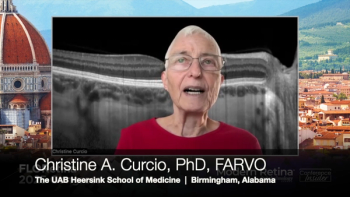
AMD prediction a step closer using nature or nuture variables
Prevalence and incidence of advanced AMD can be catergorized as 'nature' or 'nurture' using a prediction model, based on genetic, environmental and demographic variables.
Prevalence and incidence of advanced AMD can be catergorized as 'nature' or 'nurture' using a prediction model, based on genetic, environmental and demographic variables, according to research published in Investigative Ophthalmology & Visual Science.
1446 individuals were evaluated, of which 279 went on to develop advanced AMD over a 6.3 year period. The researchers took into account factors such as smoking, age, sex, education and body mass index to compile their predictive model.
As reported in Science Daily, lead author Johanna Seddon MD, ScM, Professor of Ophthalmology at Tufts University School of Medicine said: "The determinants of the model can be assessed by completing a questionnaire and taking a blood test, and it is a tool which could be used to help guide prevention and treatments. Our algorithm could help with the selection of study participants for treatment trials and could one day enable doctors to choose the most efficacious treatment for individual patients. It also gives any older person concerned about AMD, or any patient with early stages or a family history of AMD, even more incentive to avoid risk factors such as smoking and excessive weight."
Newsletter
Get the essential updates shaping the future of pharma manufacturing and compliance—subscribe today to Pharmaceutical Technology and never miss a breakthrough.








































